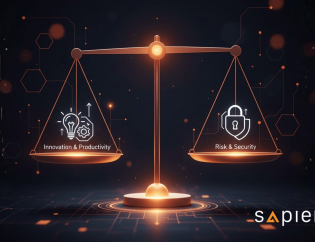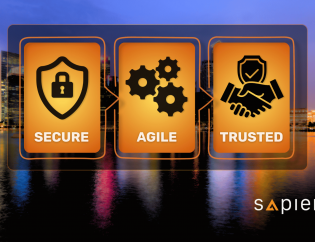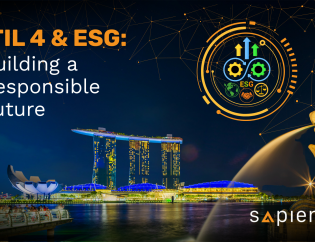An In-Depth Analysis of ISO Standards:
ISO 27001, ISO 9001, ISO 20000, ISO 31000, and ISO 22301 in Relation to Annex SL
Written by:
Principal Consultant
Sapience Consulting
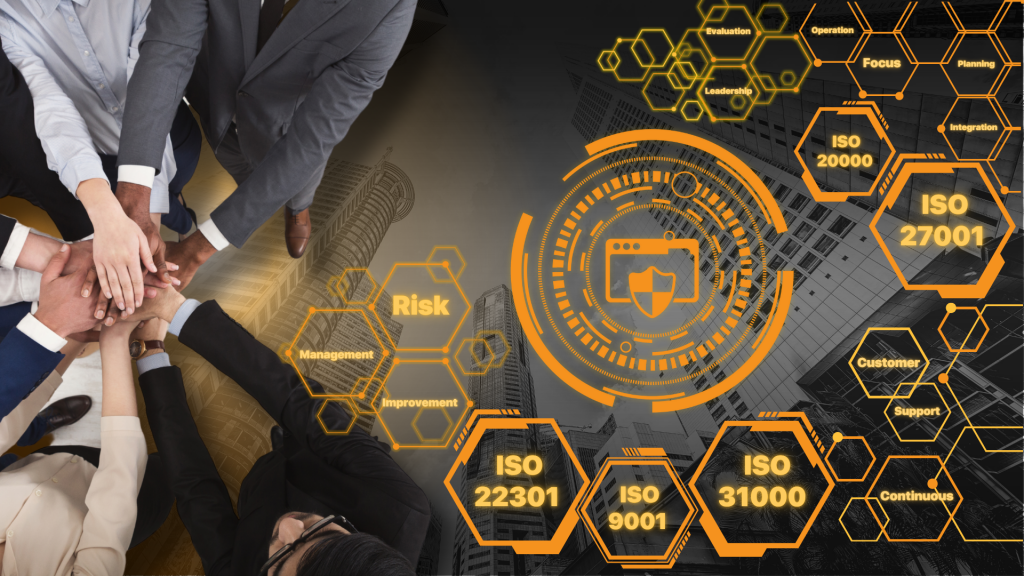
In today’s increasingly complex business landscape, organisations must implement robust management systems that ensure compliance, risk management, and operational excellence. Several ISO standards—namely ISO 27001, ISO 9001, ISO 20000, ISO 31000, and ISO 22301—offer frameworks to help organisations achieve these goals.
This blog post will delve into the relationships between these standards, explore the history and objectives of Annex SL, and highlight how its documentation structure facilitates alignment across various ISO standards.
Overview of ISO Standards 🔍
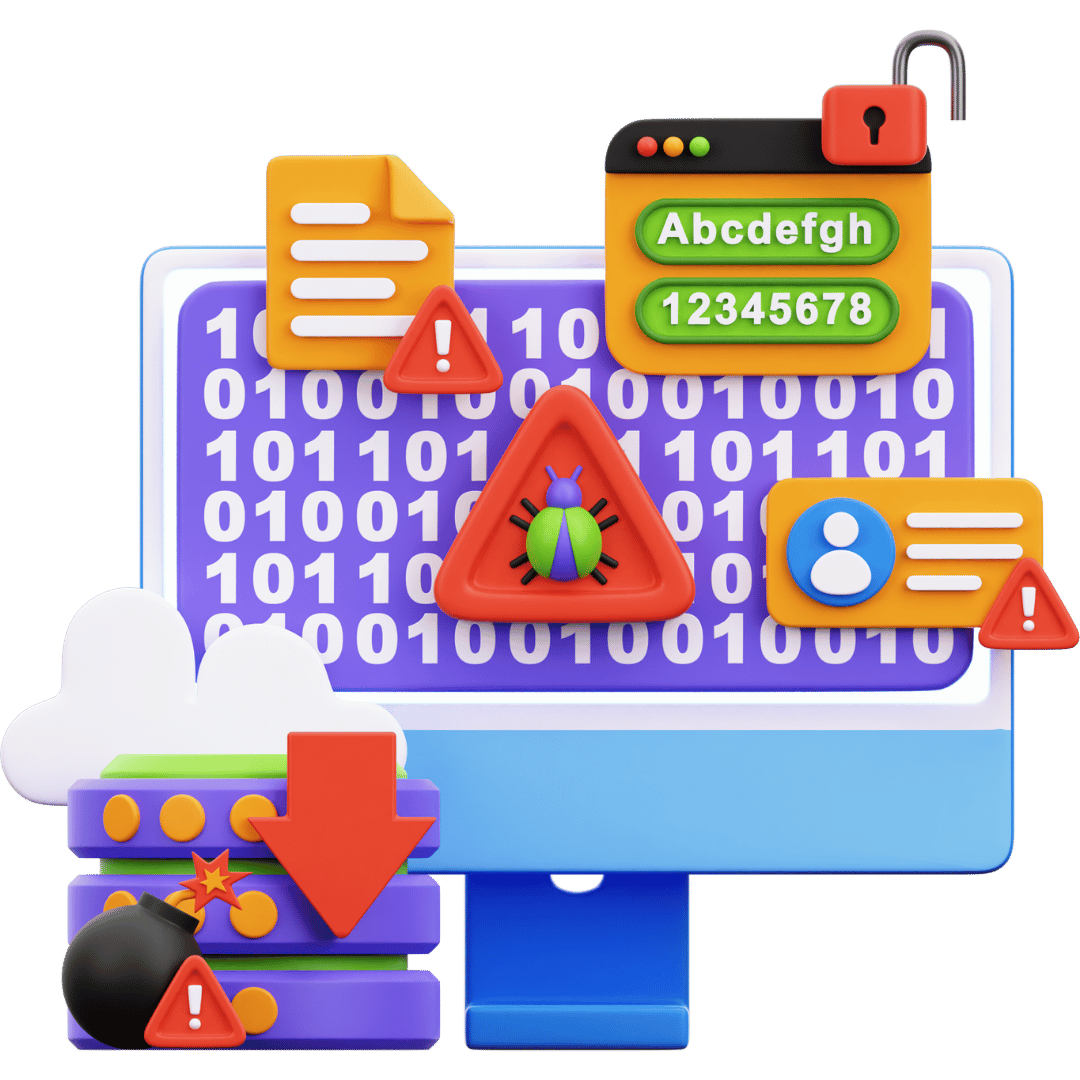
ISO 27001:
Information Security Management
ISO 27001 focuses on information security management systems (ISMS). It provides a systematic approach to managing sensitive company information, ensuring confidentiality, integrity, and availability. Organisations adopting ISO 27001 can mitigate risks related to data breaches and enhance customer trust.

ISO 9001:
Quality Management
ISO 9001 outlines criteria for a quality management system (QMS). Its principles center on customer satisfaction, continual improvement, and process efficiency. By implementing ISO 9001, organisations can improve their products and services, leading to better market performance.
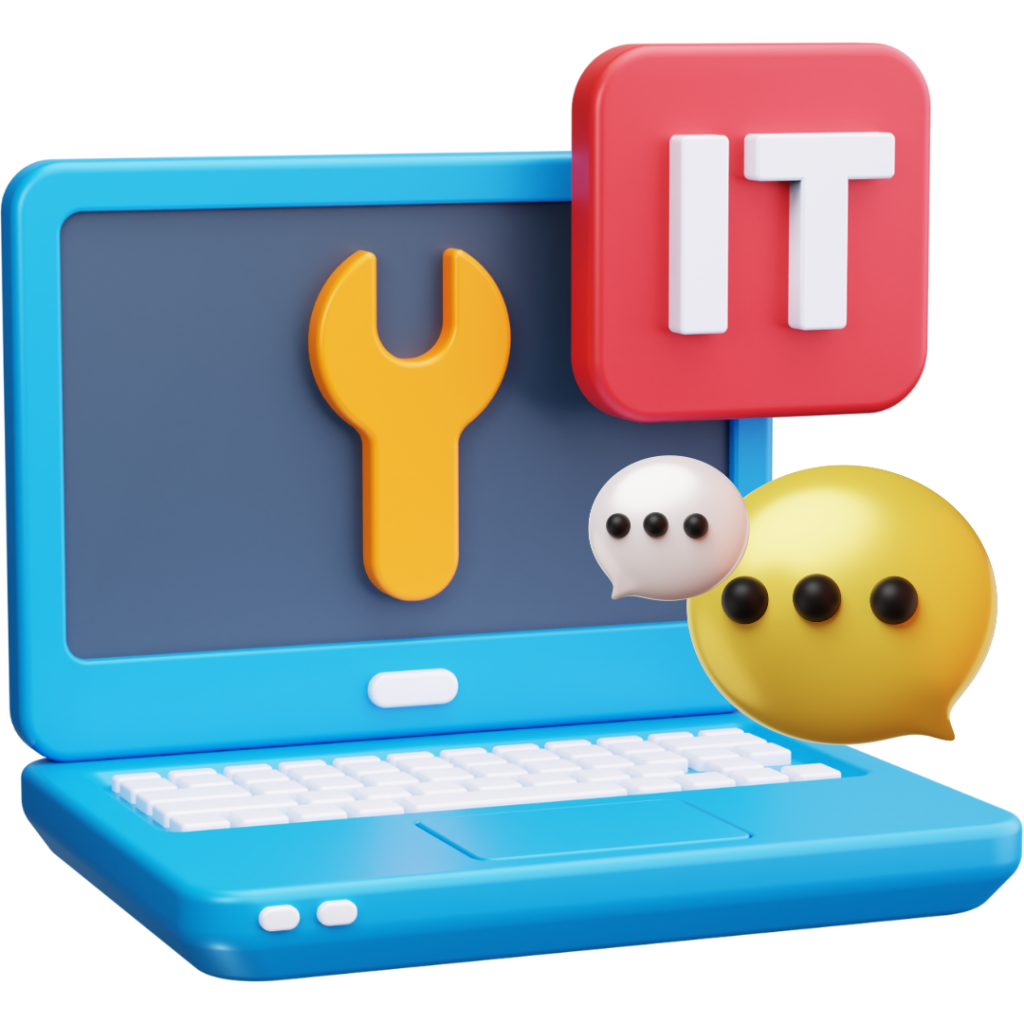
ISO 20000:
IT Service Management
ISO 20000 is specifically aimed at IT service management (ITSM). It outlines best practices for delivering effective IT services to meet business needs. This standard promotes alignment between IT and the business, ensuring that IT services support organisational objectives.
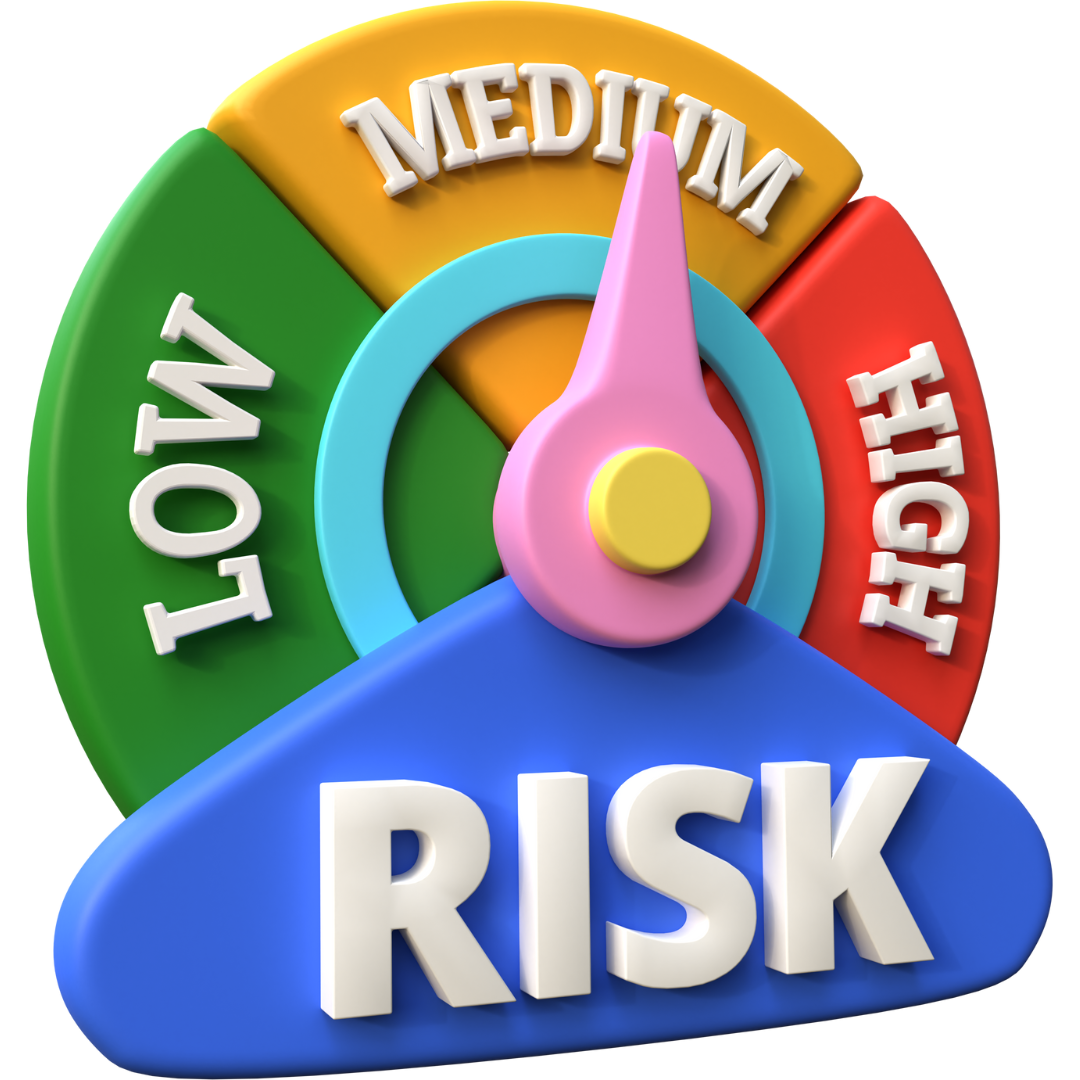
ISO 31000: Risk Management
ISO 31000 provides guidelines for effective risk management. It outlines principles, a framework, and a process for managing risks in any organisation, making it applicable across various sectors. This standard emphasises a proactive approach to identifying and mitigating risks.

ISO 22301: Business Continuity Management
ISO 22301 focuses on business continuity management systems (BCMS). It provides a framework for organizations to prepare for, respond to, and recover from disruptive incidents, ensuring operational resilience and continuity.
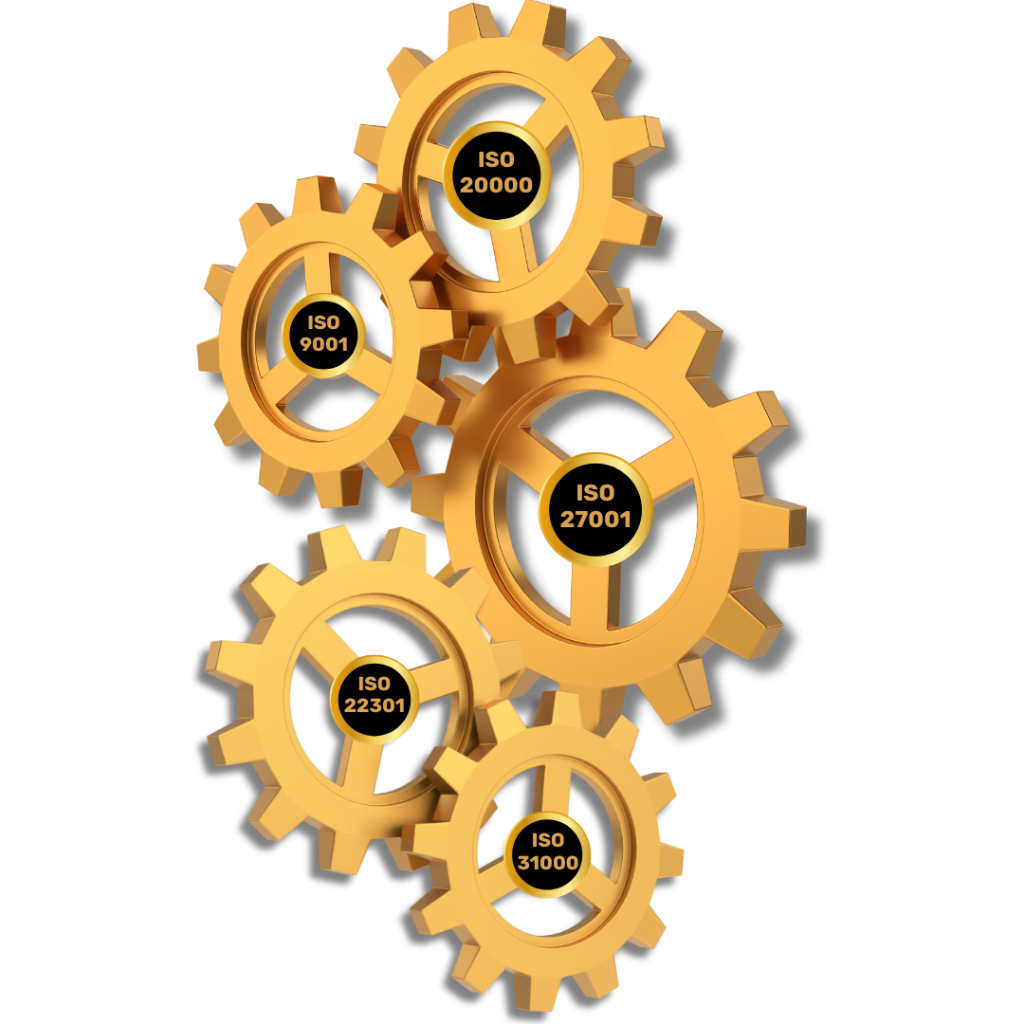
How Integrated ISO Standards Achieve Common Goals.
Relationships Between the Standards
While each ISO standard serves a specific purpose, they share common goals and can be integrated to enhance overall organisational performance.
Common Objectives
Risk Management: All these standards emphasise the importance of identifying, assessing, and managing risks. For example, ISO 27001 integrates risk management into its ISMS, while ISO 31000 provides a broader framework applicable to all organisational activities.
Continuous Improvement: ISO 9001 and ISO 22301 stress continual improvement processes. Implementing a quality management system can lead to better resilience during disruptions, aligning with the objectives of ISO 22301.
Customer Focus: Both ISO 9001 and ISO 20000 prioritise customer satisfaction. Delivering high-quality products or services is critical in maintaining customer trust and loyalty.
Integration Opportunities
Organisations can leverage the synergies between these standards by integrating their management systems. For instance, combining ISO 27001 with ISO 9001 can enhance data quality and security in processes, while integrating ISO 20000 with ISO 22301 ensures that IT services are maintained during disruptions.
The Evolution of Annex SL
History
Annex SL, now referred to as Annex L, was developed by the International Organization for Standardization (ISO) to provide a harmonised structure for ISO management system standards. Its introduction aimed to address the fragmentation of existing standards and simplify the implementation process for organisations.
Intended Objectives
The primary objectives of Annex SL include:
Standardisation: Providing a consistent framework across all ISO management system standards allows organisations to more easily integrate multiple standards.
Simplification: Reducing the complexity associated with implementing various standards by providing a common structure makes it easier for organisations to adopt best practices.
Alignment: Ensuring that the processes, terms, and definitions across standards are consistent, which facilitates clearer communication and understanding among stakeholders.
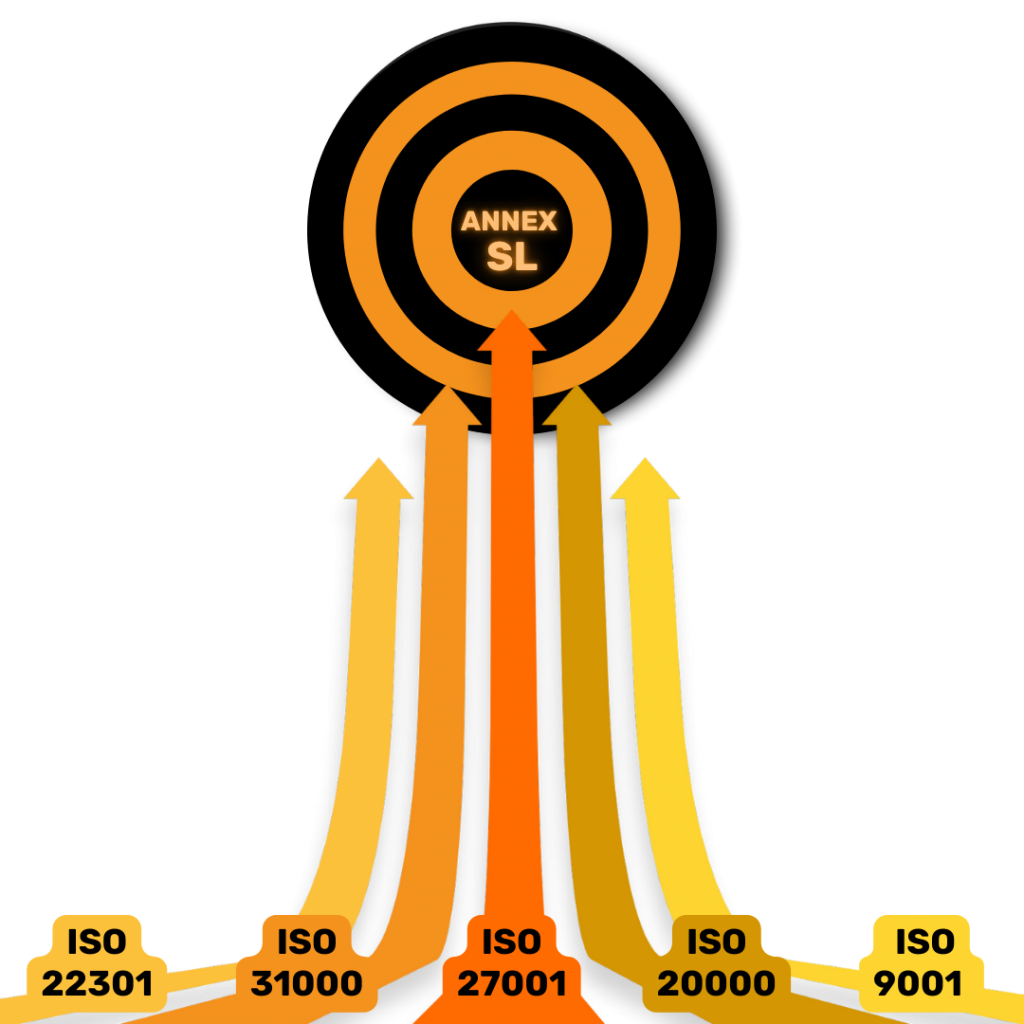
The Annex SL Documentation Structure
Key Features
Annex SL is structured around a high-level framework consisting of ten clauses, which include:
1. Context of the Organisation
2. Leadership
3. Planning
4. Support
5. Operation
6. Performance Evaluation
7. Improvement
8. Annex A: Scope
9. Annex B: Normative References
10. Annex C: Terms and Definitions
Benefits of the Structure
1. Clarity and Consistency: The standardised format enables organizations to easily reference and navigate through the requirements of each standard, fostering a deeper understanding of how they interrelate.
2. Facilitates Integration: Organisations can implement multiple management systems concurrently, as the common structure allows for shared processes and documentation, reducing redundancy.
3. Streamlined Audits: With a uniform structure, internal and external audits become more efficient, as auditors can apply the same principles across various management systems.
In Conclusion
The relationship between ISO 27001, ISO 9001, ISO 20000, ISO 31000, and ISO 22301 highlights the importance of integrated management systems in today’s complex business environment. Annex SL plays a crucial role in harmonising these standards, making it easier for organisations to achieve compliance and operational excellence. By adopting a structured approach to risk management, quality assurance, and service delivery, organisations can not only meet regulatory requirements but also enhance overall performance and resilience.
References
Annex SL and the High Level 10 Clause Structure for ISO – A detailed overview of Annex SL and its implications for ISO standards.
Deciphering the latest changes to the Harmonized Structure – Information on recent updates to Annex SL and its structure.
Risk management concepts in ISO 9001, ISO 31000, and ISO 27001 – Analysis of the risk management principles across these key ISO standards.
As a trusted leader in professional development, Sapience empowers you to invest in your future.
Don’t wait – Explore our available funding and leverage our expertise to upskill without financial strain.



